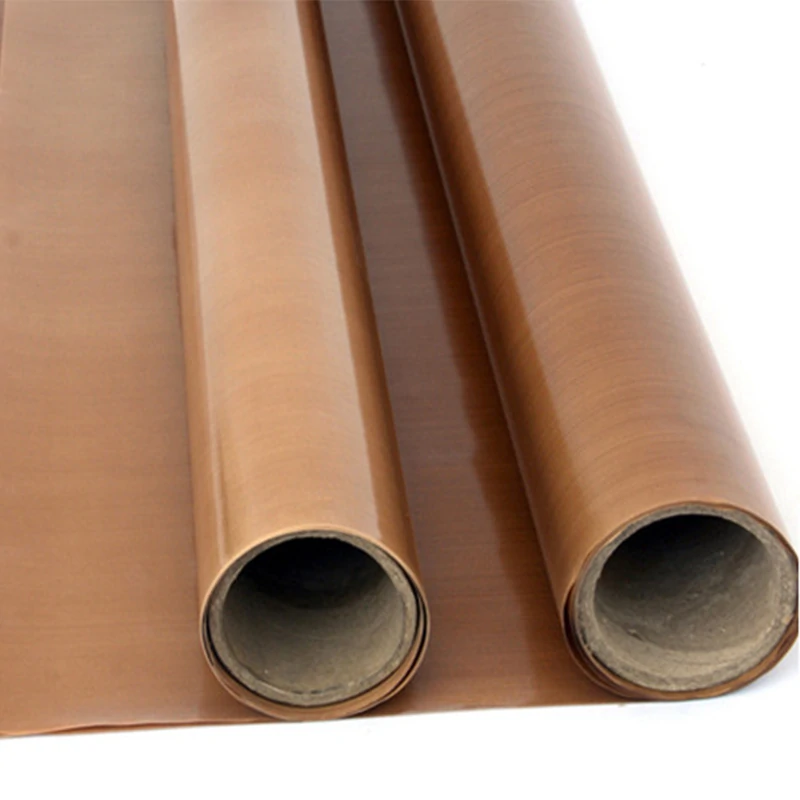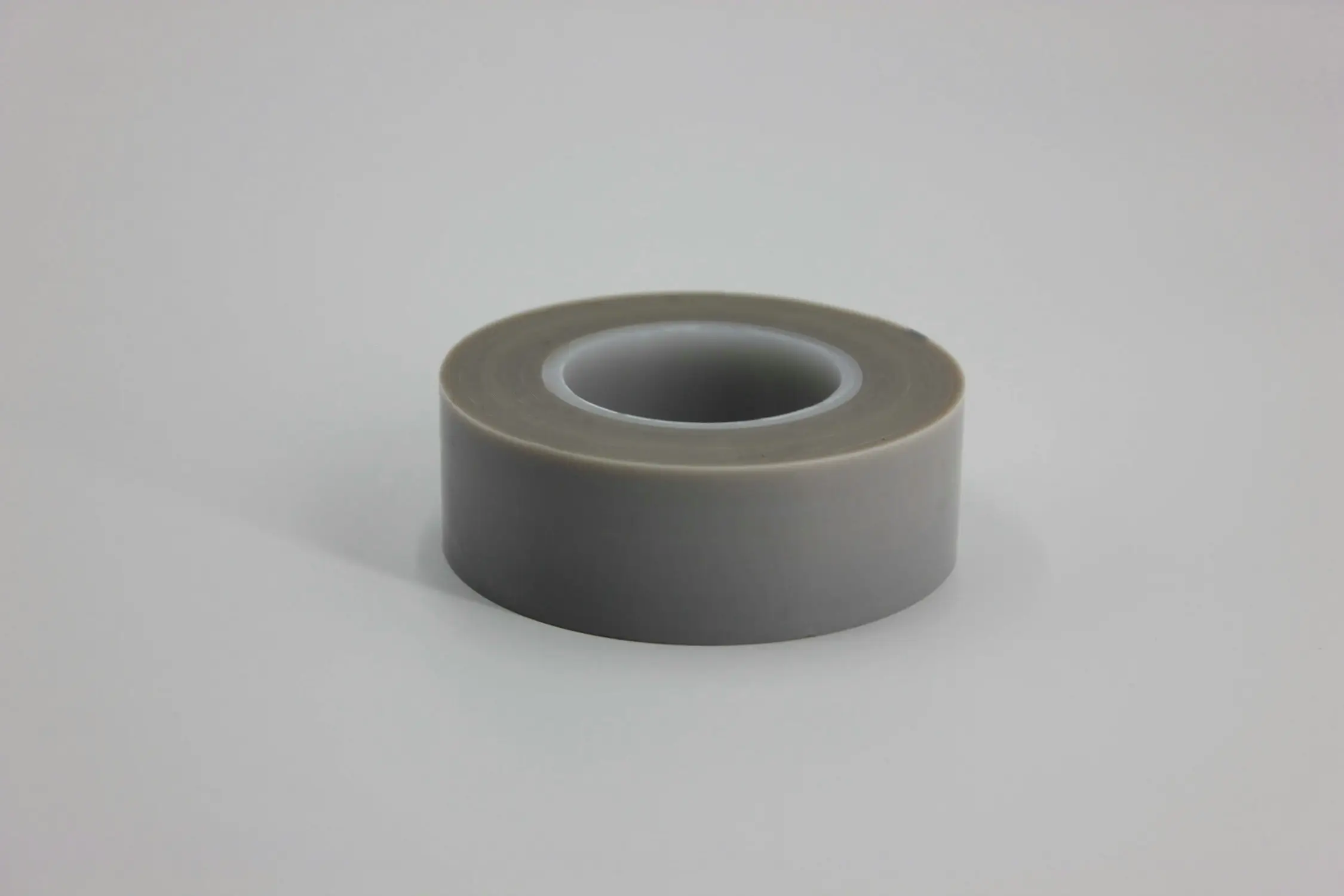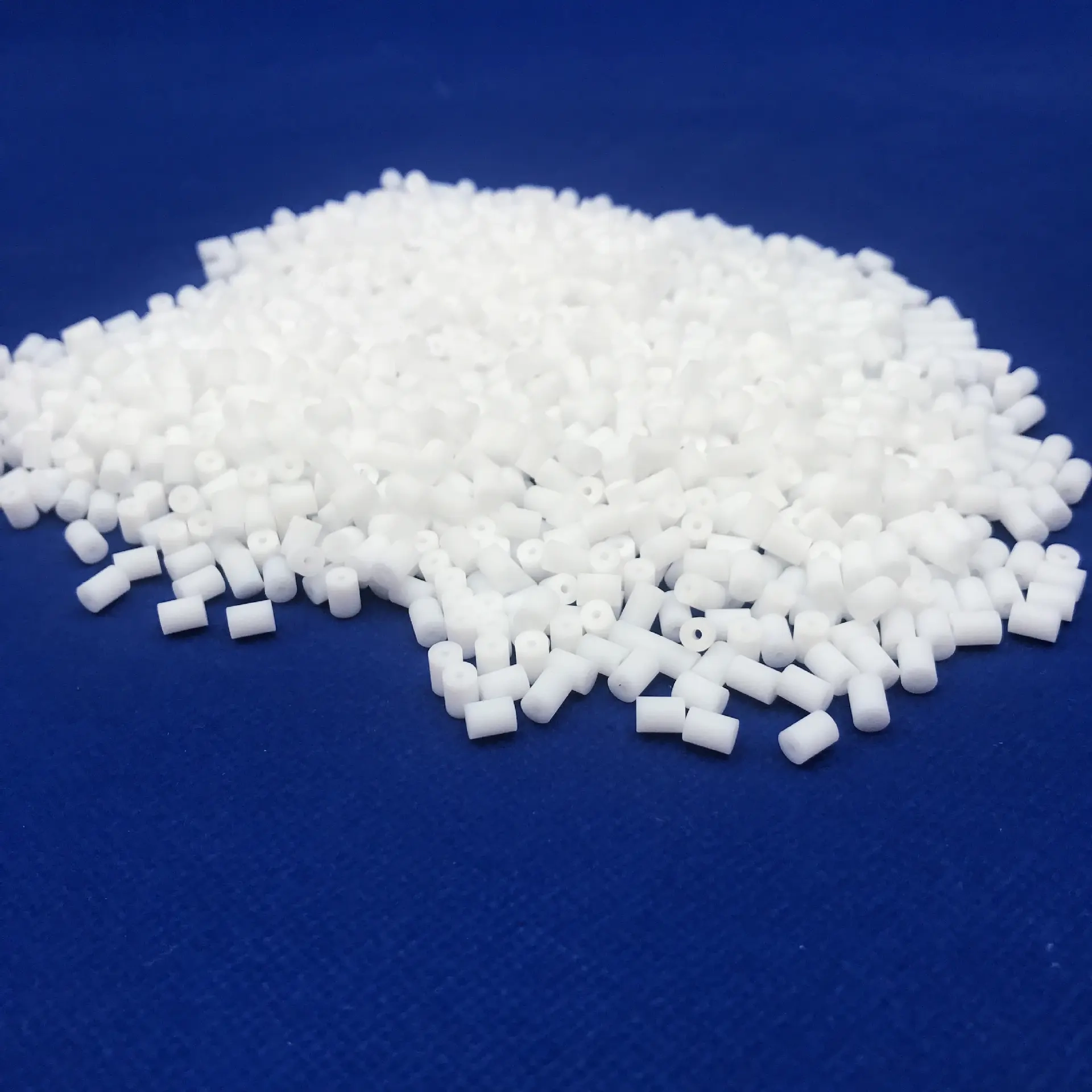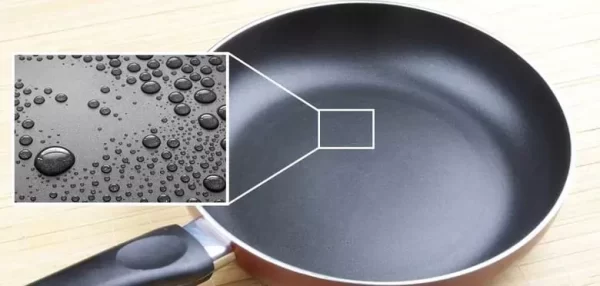PTFE and ETFE—two incredible fluoropolymers, each showcasing its unique set of attributes. But what is the difference between ETFE and PTFE? Let’s delve deeper into their characteristics, uses, and impact.
PTFE: A Marvel in Material Engineering
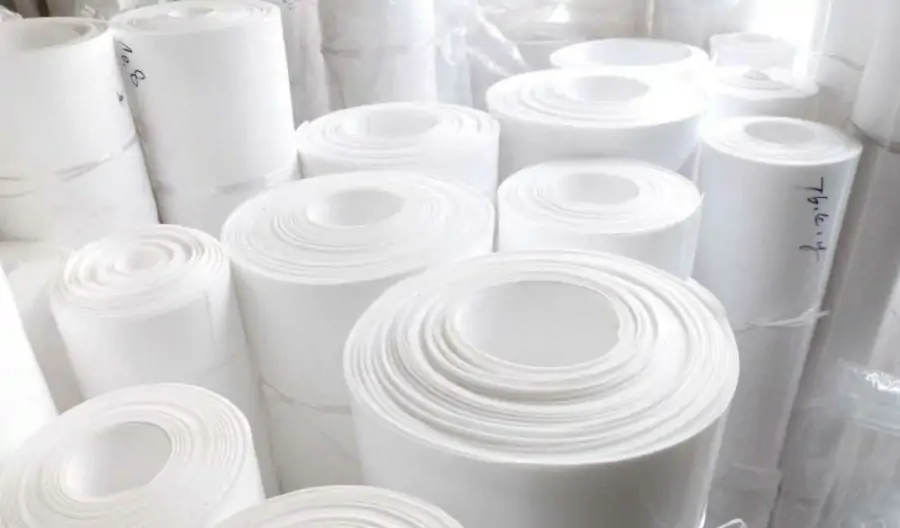
Polytetrafluoroethylene, or PTFE, holds a special place in the world of materials. It boasts a remarkably low coefficient of friction and superior heat resistance while being virtually chemically inert. Comprised of long strings of carbon atoms fully surrounded by fluorine atoms, PTFE’s structure gifts it these outstanding properties.
ETFE: The Rising Star
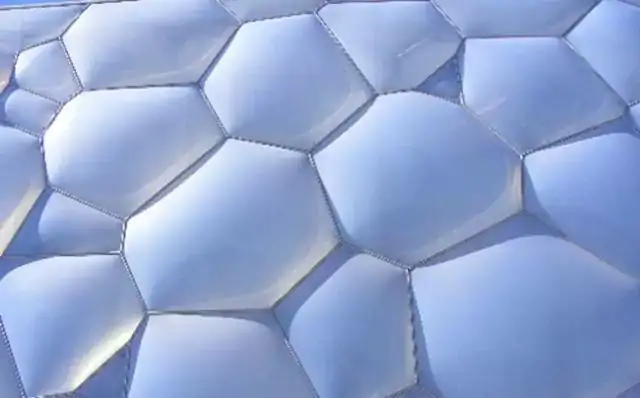
Ethylene tetrafluoroethylene, ETFE, a fluoropolymer catching the attention of material scientists and engineers alike. Like PTFE, ETFE is heat resistant and showcases a low coefficient of friction. However, its atomic structure includes carbon, fluorine, and hydrogen atoms. This distinctive configuration gives ETFE a set of differentiating characteristics.
Key Differences: ETFE vs. PTFE
Tensile Strength
ETFE generally surpasses PTFE in tensile strength. Its higher tensile strength makes ETFE a great material choice when structural integrity is essential.
Heat Resistance
Both PTFE and ETFE exhibit excellent heat resistance. However, PTFE withstands higher temperatures, making it the superior choice for extreme heat applications.
Burn Resistance
ETFE stands out with its enhanced burn resistance. Being harder to burn than PTFE, ETFE becomes the safer choice in environments where fire safety is paramount.
Applications
PTFE’s unparalleled chemical resistance and heat tolerance render it suitable for numerous industrial applications, including non-stick cookware manufacture. ETFE, given its lightness, strength, and transparency, is predominantly used in architectural structures, particularly in creating ETFE cushions.
Manufacturing Process Differences
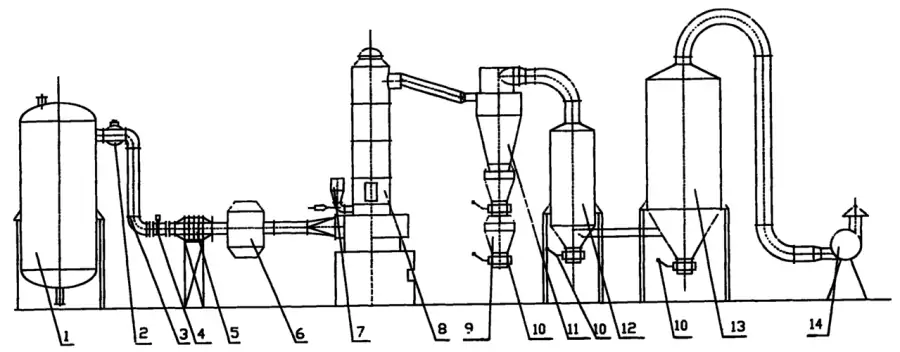
Though both ETFE and PTFE are fluoropolymers, their manufacturing processes differ. Understanding these can provide valuable insights into their respective performance characteristics and potential applications.
Environmental Impact
Both PTFE and ETFE have environmental impacts, whether during production, usage, or disposal. An in-depth understanding of these impacts is critical in today’s environmentally conscious industrial landscape.
Future Developments
Research into PTFE and ETFE continues to unveil potential future applications and improvements, making the future of these materials an exciting prospect.
Cost Comparison
Comparing the costs of PTFE and ETFE can provide valuable insights for potential buyers and users, contributing to more informed decision-making.
Understanding the difference between ETFE and PTFE sheds light on the unique strengths and potential applications of these two impressive materials. Whether choosing PTFE or ETFE, the decision hinges on specific requirements and the distinctive properties of each material. PTFE and ETFE, each in its own right, is a great material, making significant contributions to the material world.
Aokai is a professional manufacturer of PTFE coating materials, we provide products including PTFE fabrics, PTFE tapes, PTFE conveyor belts, etc., go to our product center to learn more, or get in touch with our team, we are very happy to provide you help.


